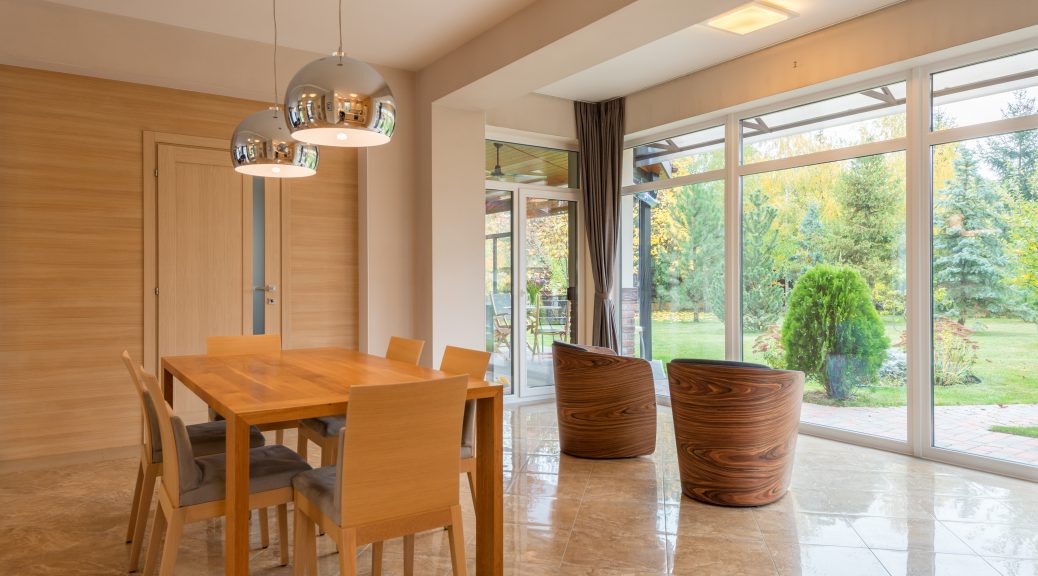Do I Need a Permit to Build a Stained Concrete Patio Cover?
The city of San Antonio is often frequented by sunny days for a good part of the year. As a homeowner in the area, you may have considered adding amenities to your home to take advantage of the great weather. Before you get started on your next construction project, you might want to make sure that your plans are within regulation.
Starting any sort of construction project, even by yourself, usually requires a permit from the Department of Developmental Services. Besides the necessary forms, they can provide you with all the resources you may need to make sure that your projects are up to code. This allows you to save less time worrying about possible issues that may come up when trying to sell your property.
Why do you need permits?
Permits are a means of protecting the people involved in the project. Whether it’s just you, a contractor, or even a potential buyer for your home, permits ensure that accountability is easier to pin down. Permits can ensure that projects are completed. You can potentially lose thousands of dollars in value on an unfinished or unsafe project. It also prevents frustration that comes from things you were not directly involved in, such as when a project does more harm than good to your house.
Do I actually need a permit?
Whether you’re putting a stained concrete patio together on your own or hiring contractors to do it for you, permit requirements may differ. This can also be affected by the size of the patio you want to create. You may need to acquire a site plan for general repair and new home construction projects as well as proof of ownership. General repairs can usually get over-the-counter access to a permit. New home construction may take longer as it may need to go through a full plan review.
If the resulting construction work is under 30 inches in height and 200 square feet, it’s possible you might not need a permit at all. A general repair permit application would cover patio construction projects above 200 square feet but below 1000. Anything above 1000 square feet falls under new home construction and will require the necessary permits.
How do I get a permit?
There are several stages in obtaining a building permit. The overall time frame can take a few weeks and can include the actual construction process.
Zoning determines what kind of use your area allows. If you are building in a historic district, you may need to get authorization from the Office of Historic Preservation before you can start the permit application.
Once you’ve confirmed that you are within zoning regulations, you can begin the permit application. The kinds of permits you need to obtain depend on the project scope. If your patio features certain amenities, you may need to get additional permits for the utilities.
After the necessary documents have been submitted and fees are handled, your project will be up for review. From here, the actual construction can begin and the site will be scheduled for inspection throughout each phase of construction work to ensure that it’s up to code as well as safe for the homeowner and the community. Finally, once all inspections are passed, Development Services can allow utility services if they aren’t already available.
References:
- https://apdecks.com/permit-to-build-a-deck-in-san-antonio/
- https://www.city-data.com/forum/san-antonio/1504853-do-simple-carports-patio-covers-require.html
- https://news4sanantonio.com/news/local/san-antonio-working-to-have-contractors-get-permits-before-they-do-jobs
- https://www.sanantonio.gov/DSD/Constructing/Residential/No-Permit
